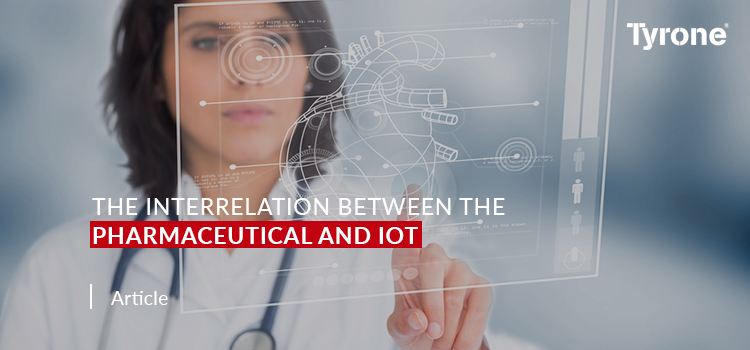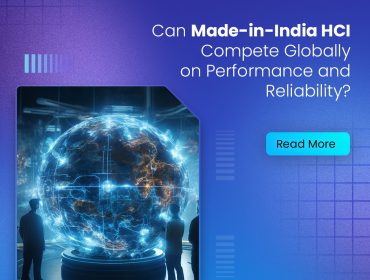Medicine converted from architecture to science less than a decade earlier. The techniques used were uniform in medicine. The scientific approach keeps telling what worked — as well as what didn’t work simpler. A conventional technique has been created to research, test, and report on outcomes. Fortunate accidents happened (think penicillin)—but they were not implemented until multiple demonstrations of their effectiveness were made.
- Technology has demonstrated that it is a critical engine of efficient modern medicine.
- Where can medicine be against, say, precise tools for diagnosis?
- The drive to improve diagnosis, improve customer treatment and improve hospital results remains to move forward, and the Internet of Things (IoT) is already pushing stuff even more.
- By putting IoT equipment in, close or even within nurses, many contemporary medical wonders have been achieved. Here’s a glance at how IoT is making progress today in health care:
IoT Sensors Utility
IoT devices have been increasingly implemented in the manufacturing ground, despite the radical modifications proposed by the technology.
- As a consequence, pharmaceutical companies succeeded in assimilating enormous amounts of information across different branches, including manufacturing facilities distributed around the globe.
- As a result, businesses are prepared to monitor, handle and monitor everything that happens in real-time and independently throughout the manufacturing ground.
- Initiating a chain reaction to improved effectiveness and power, businesses are also prepared to decrease manufacturing costs effectively, increase machinery usage and minimize waste due to greater vision and power.
How technology supports logistics
IoT could also help the pharmaceutical industry to identify the logistics, transporting and transit dilemma in addition to manufacturing.
- Due to the complex demands, the path to steady pharmaceutical logistics has also been full of challenges.
- Pharmaceutical businesses achieve real-time transparency in the motion of products by using low-energy detectors.
- Also, it is possible to deploy the detectors to smart warehousing and optimize routing.
- IoT can also be expected to take charge of drugs & diseases while in service. It is necessary to maintain those vaccinations and medications under particular temperature and physical circumstances.
- Sensors can guarantee the same while tracking the pharmaceutical goods ‘ atmosphere in real-time and recording or handling any anomalies.
Stakeholders will search for IoT-enabled systems to generate an intelligent supply chain
Internet of Things can become more disruptive as monitoring sensors and connected devices have achieved prominence in supply chains production owing to the development of RFID technology and quicker internet communication.
- IoT systems or sensors must not be inspected like barcodes; they could transmit real-time information on the same framework via the internet to another IoT device.
- The advantages of real-time information are enormous for pharmaceutical companies as the manufacturing method is complicated and delicate, the product quality requires being ideal and the delivery requires to be processed effectively and often temperature regulated to guarantee clients ‘ secure usage.
- In both manufacturing and distribution norms, there is no chance of mistake
Inventory Management: Smart warehousing Pharma businesses must retain a fine balance under-stocking (which could have adverse effects) and over-stocking (which raises the cost of warehousing). Also, in many places, they have equipment that contributes to important operating and leadership expenses. Smart factories can enhance the use of warehouse assets (forklifts, stackers, etc.) as well as the accessibility of warehouse products. Also, pharmaceutical companies profit from advertising problems, improved use of the ground room and drug tracking.
Order Management: Visibility and Transparency
Pharma businesses can monitor the shipment from the warehouse to the ultimate shipping place with IoT instruments including item situation and temperature data along with the manner. On a single site, they can obtain comprehensive delivery monitoring data including:
- On departure and arrival of the delivery
- Exact real-time position
- Product climate or situation exceptions
- Expected breaks
Industrial Maintenance and Mechanics
Industrial surveillance systems are already commonly used in the sector, but there is not yet commonly accessible real-time health data.
- Sensors for Pharma IoT surveillance can instantly supply all appropriate plant information into a single dashboard, alert a manager to unusual circumstances or specifications for servicing.
Also, they can also attach to instant shutdowns to manage critical circumstances as they occur immediately and independently.












